Updated 17th March 20135, with a correction for the botanical name of Gbafilo
I am an explorer. The thrill of discovery is blood to my bones such that rifling – if you can call electronically paging through pdfs that – through documents about the organoplectic nature of xyz are adventure hunts for me. One of the things that I’m really concerned about, giving voice to is the names. The names of Nigerian ingredients – little known, under utilized and not celebrated enough spices, fruits, vegetables.
I’m of the opinion that we need to know more, research more, document more about that which we have in the hope that we will find new uses and applications that have broad meaning for the masses, across health and wellness spheres, addressing food security needs. Enter my chart – my beloved introduction to Nigerian peppersoup. It isn’t the first time I’ve written about the essential ‘Niger-Delta’ peppersoup ingredients. In fact, that post – my first on peppersoup remains the most read post on the blog.
If you want to make your own blend, you’ll find the recipe here
It took me ages to put this card together because I was searching for the botanical name of one spice -umilo/ omilo/ emilo. In the end, after a hundred thousand (well, almost, and it certainly feels like it) searches, I came up with nought and decided to go ahead and publish it anyway. Publish it in the hope that someone, somewhere might happen upon this and say, ‘Ya, I know this’. Also, I am going to do a blog post on it next because I have different types of it, so that who knows, someone might discover that they indeed know what it’s called. Anyway, I hope you enjoy this. It is an updated version of old posts, with more details on each spice and herb
1. Calabash Nutmeg
Other names: African nutmeg
Botanical name: Monodora Myristica
Local Names: Erhe – Urhobo; Iwo – Itsekiri; Ehuru – Igbo; Ariwo – Yoruba; Gujiya dan miya – Hausa; Ukposa – Bini
Consists of: Shell and seed
Parts Used: Seed
Uses: condiment in soups, combined to make spice blends for peppersoup
2. Gbafilo
Other names: Rough-skinned/ Grey/ Guinea plum
Botanical name: Parinari excelsa sab.
Local Names: Gbafilo/ Gbafilor– Itsekiri
Consists of: Sandpaper like shell and kernel
Parts Used: kernel
Uses: condiment in soups, combined to make spice blends for peppersoup
3. Grains of Selim
The fruits are narrow, slightly torulose, dark brown or black, about 2in. long, borne many (separate carpels) together on a stout peduncle (The Useful Plants of West Africa)
Other names: African/ Guinea/ Ethiopian Pepper
Botanical name: Xylopia Aethiopica
Local Names: Urheri – Urhobo; Unien – Bini; Atta – Ibibio/Efik; Uda – Igbo; Eeru – Yoruba
Consists of: Skin and seeds. The seeds are sometimes bitter
Parts Used: both – the skin is used more often, ground and added to soups or bruised and used whole
Uses: condiment in soups, combined to make spice blends for peppersoup, added to agbo (bitters), put in water to purify it, added to palm wine as a flavouring.
4. Uziza
Other names: Bush Pepper, Guinea cubebs, West African Black Peppers
Botanical name: Piper Guineense
Local Names: Edusa – Ibibio; Eti-nkeni – Efik; Uziza – Igbo; Iyere – Yoruba
Consists of: Dried black berries
Uses: condiment used in soups, rice, etc
5. Alligator Pepper
Other names: Grains of Paradise
Botanical name: Aframomum Melegueta
Local Names: Ehie ado – Bini; Ntuen – Efik; Ose oji/ okwa – Igbo; Atare – Yoruba
Consists of: Skin and seeds. The seeds are aromatic and pungent, with some strains of cardamom flavour
Parts Used: the seeds are ground and added to soups, stews; also chewed with kolanuts where it produces a numbing effect
Uses: condiment in soups, combined to make spice blends for peppersoup, added to agbo (bitters), put in water to purify it, added to palm wine as a flavourer.
6. Tetrapleura Tetraptera
Other names: Prekese [Ghana]
Botanical name: Tetrapleura Tetraptera
Local Names: Aridan – Yoruba; Edem Inang – Efik; Ighimiakhie – Bini; Usho usho – Igbo
Consists of: long winged fruit pods, two hardy, two soft and sweet edible wings.
Parts Used: soft wings are edible and used
Uses: ground for soups, roasted and ground for soups and sauces. Ground pulp is sometimes added to palm wine to flavour it.
7. Umilo, Omilo
Other names: Cocoplum [Caribbean]
Botanical name: Chrysobalanus icaco
Local Names: Omilo/ Umilo – Itsekiri. And in Brazil, it is known as Grageru or Abageru
Consists of: Shell and seed/ kernel
Parts Used: Shell is broken and seed/ kernel inside is used.
Thank you x

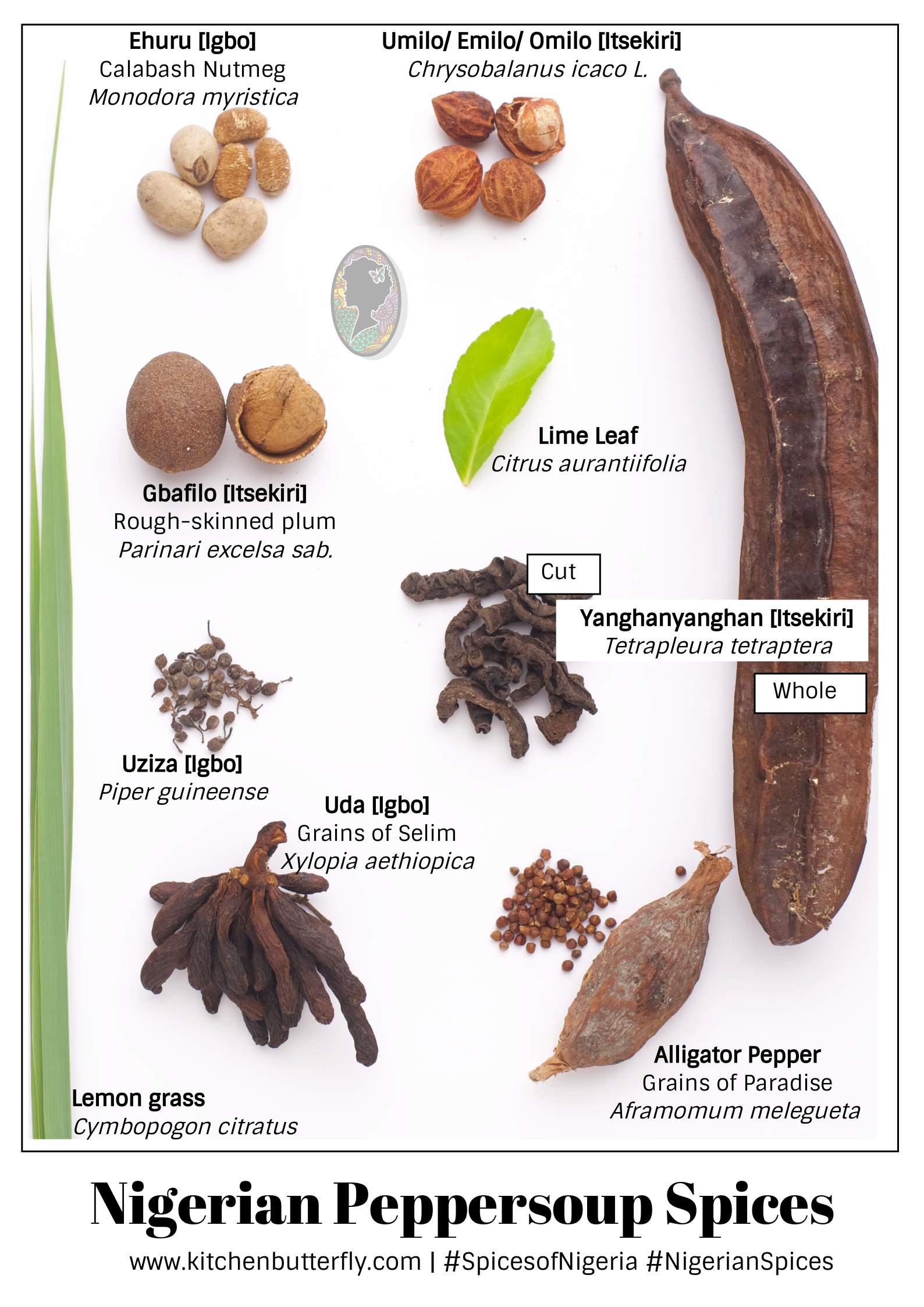
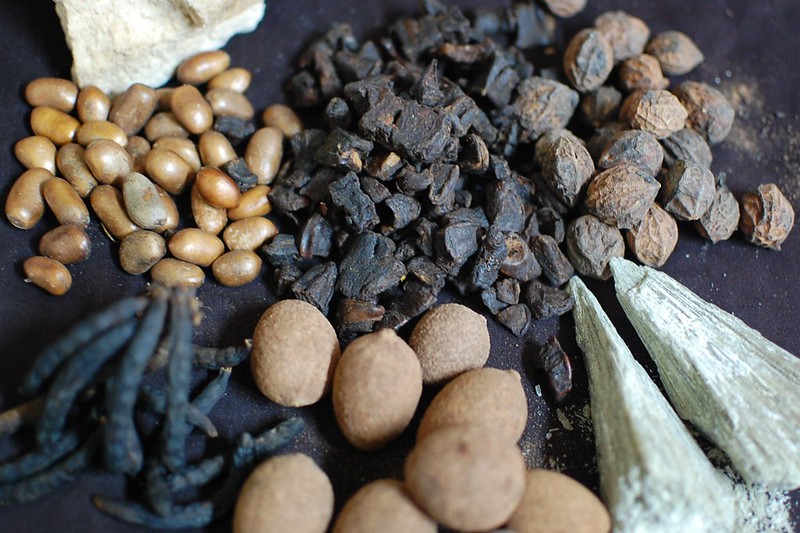
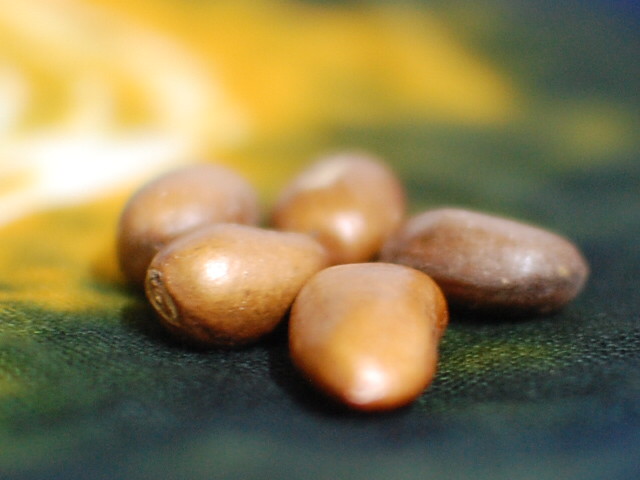
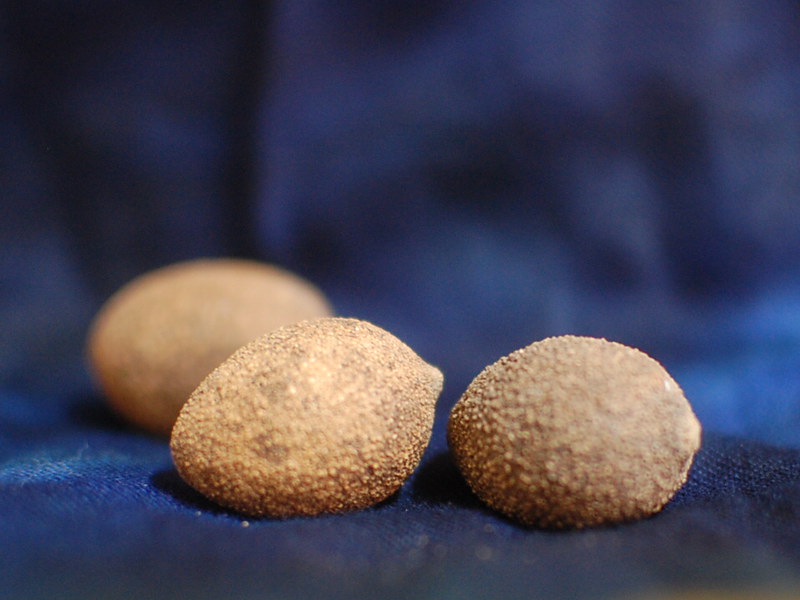


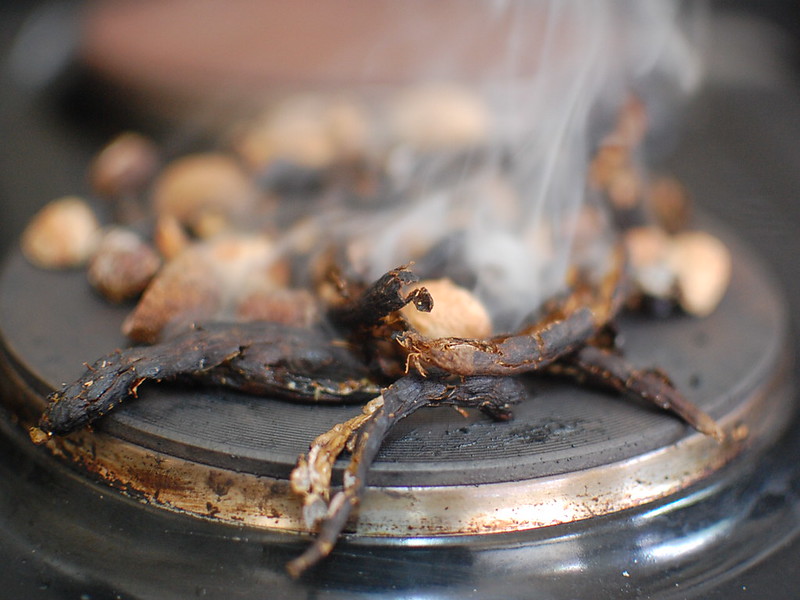

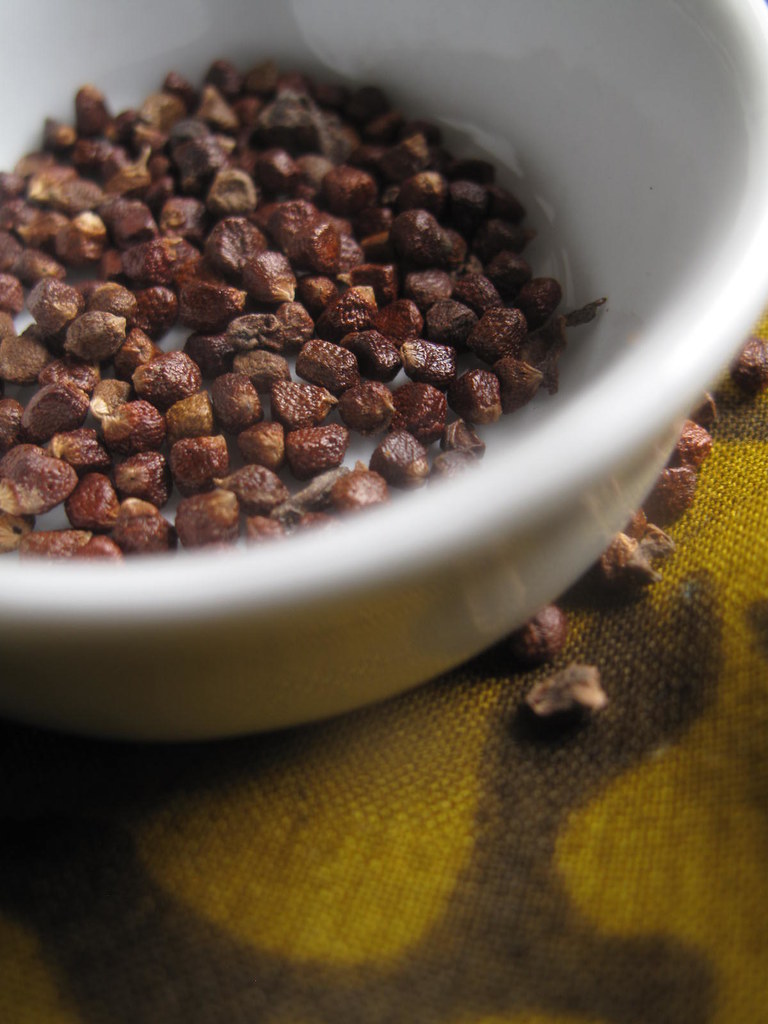
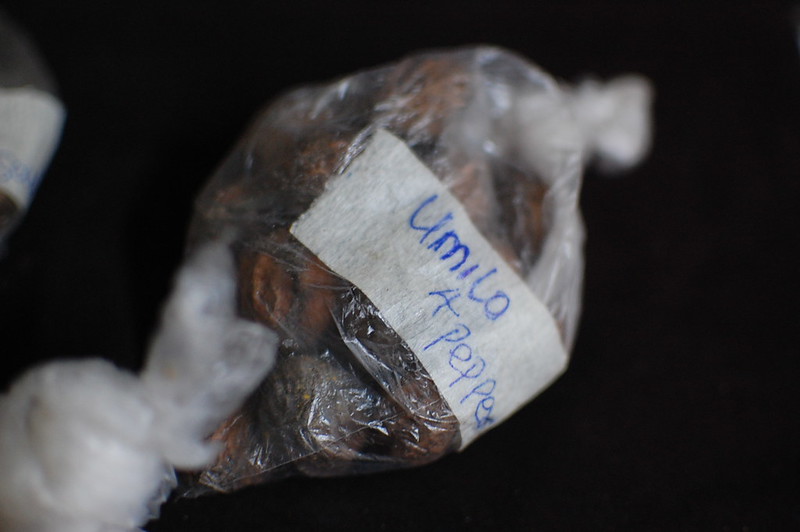
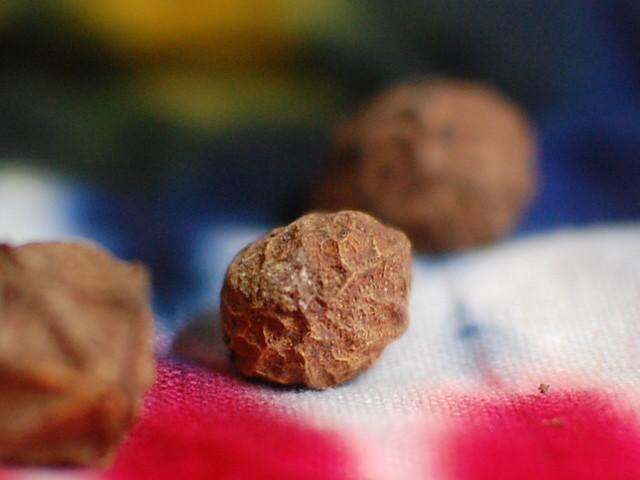
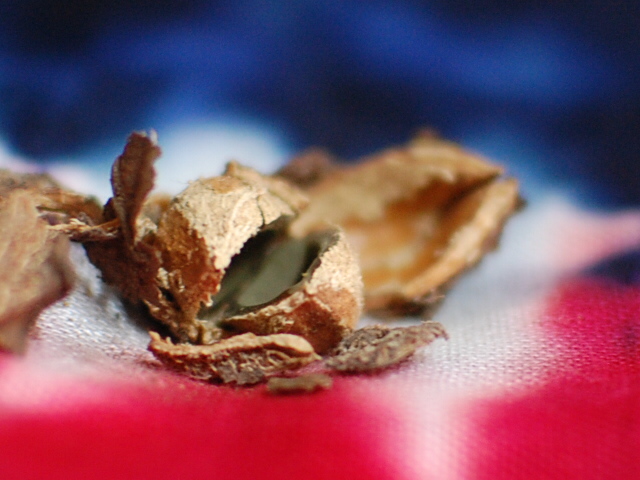
Leave a Reply